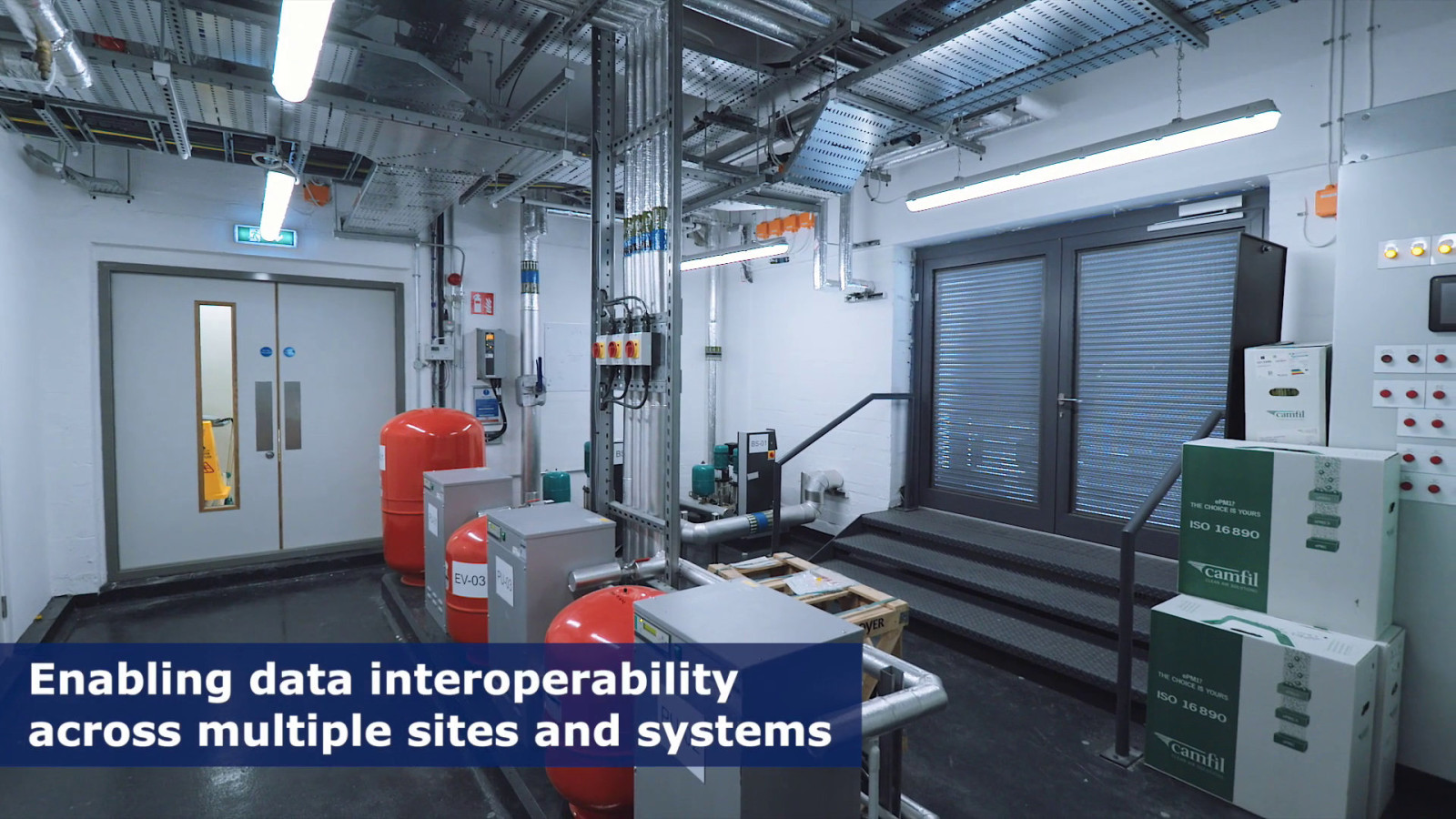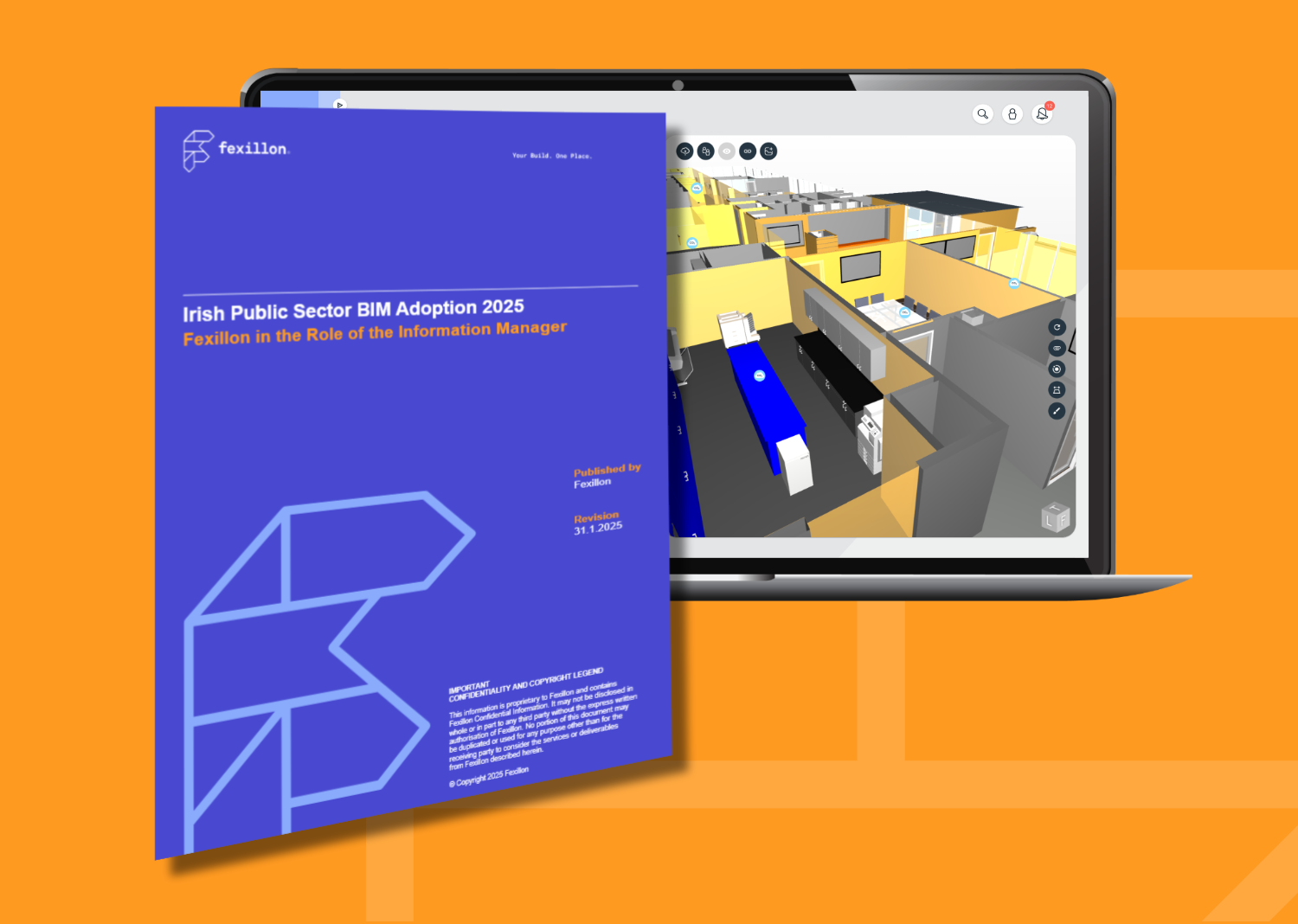News

Watch the Case Study:
The plant room in any hospital or large-scale building is a major control centre and a hub for routine, reactive and planned preventative maintenance (PPM). There is a wide range of critical and semi-critical equipment on site that needs to be monitored and maintained, including air handling units, water treatment units, pumps to name but a few.
Bag and filter changes, cleaning and pump recalibration would all be typical examples of planned preventative maintenance tasks. Visits from engineers and technicians are scheduled throughout the year to maintain and repair this equipment.
Managing Health and Safety Compliance
In the aftermath of COVID a “tap and go” system will become the new working model for manging on-site visits by maintenance engineers. The “tap and go” points, located throughout the hospital will enable visiting technicians to scan in on arrival, without the need for interaction with hospital staff. Identification of the engineer will enable the facilities management team to confirm that all the necessary induction and health and safety tickets have been completed and are up-to-date for the technician.
By combining known information, such as the engineer’s ID, their trade and the scanning location point, wayfinding and directional information can be shown on the technician’s device, directing them to the plant room or location of the equipment they are on-site on maintain.

Protecting Lone Workers
The visiting technician will have an allocated amount of time to complete the maintenance work and the Facilities Management team will have visibility of this. Should the engineer not log out within the allotted time, the team can check-in and see if there is an issue or if more time is needed. It also supports Health and Safety practices on site, providing visibility of Lone Workers and contact details for managers, should an unfortunate incident occur.
Ensuring data interoperability across multiple sites
Globally unique identifiers, based on the GS1 system of standards, play a key role in enabling data visibility and interoperability across the hospital sites. Each room or location, each asset within the plant room and each technician and service visit can all be uniquely identified with a GS1 code, enabling data sharing across hospital systems and sites.

Creating the future of Digital Facilities Management
CHI are currently transitioning from older sites to new, more modern digital healthcare hubs. Facilities management processes are becoming more streamlined, with remote access to Building Management Systems (BMS) and other platforms.
Each plant room asset has been uniquely identified with an Individual Asset Identifier, encoded in a GS1 Data Matrix barcode. Scanning these barcodes enables staff and engineers to access a vast array of information, relevant to their role. For example, a technician attending to service a water pump can view the list of spares or installation instructions, while the CHI FM team can view lists of spare parts available on site or the asset’s maintenance history.

CHI working towards a more efficient, greener and safer environment
CHI are implementing a broad range of innovative measures as part of their facilities management operations, helping to minimise or eliminate any unplanned downtime across the site. These measures also reflect the new regulatory changes, drive energy efficiency and support CHI work towards green campus.
"The future is having everything at your fingertips,
all information that is needed in one centralised location, this all leads to lower carbon footprint.
I'm very excited to see how we'll transition from the older sites into the newer sites; how these processes will be streamlined; how future automation technologies will come into place. It's positive for both the patients, the staff and the maintenance staff working in this environment.” Peader Hanlon, Engineering Officer, CHI
ABOUT CHI
Peader Hanlon and his team currently look after the reactive and planned preventative maintenance across three sites; Children’s Health Ireland (CHI) at Temple Street and the two Urgent Care Centres in Connolly and Tallaght.
ABOUT GS1 IRELAND
GS1 Ireland is the local office of the international standards organisation that specialises in the development and implementation of open, global standards for item identification and tracking, enabling the sharing of data about objects, their history, location and maintenance needs.
Learn more
Fexillon recently hosted Children’s Health Ireland Director of Estates, Facilities Management and Sustainability Tony O'Rourke and GS1 Ireland CEO Mike Byrne on a panel discussion, discussing our work at the National Children’s Hospital around building information management strategy with a focus on handover to operations. Follow this link to watch a full recording.


